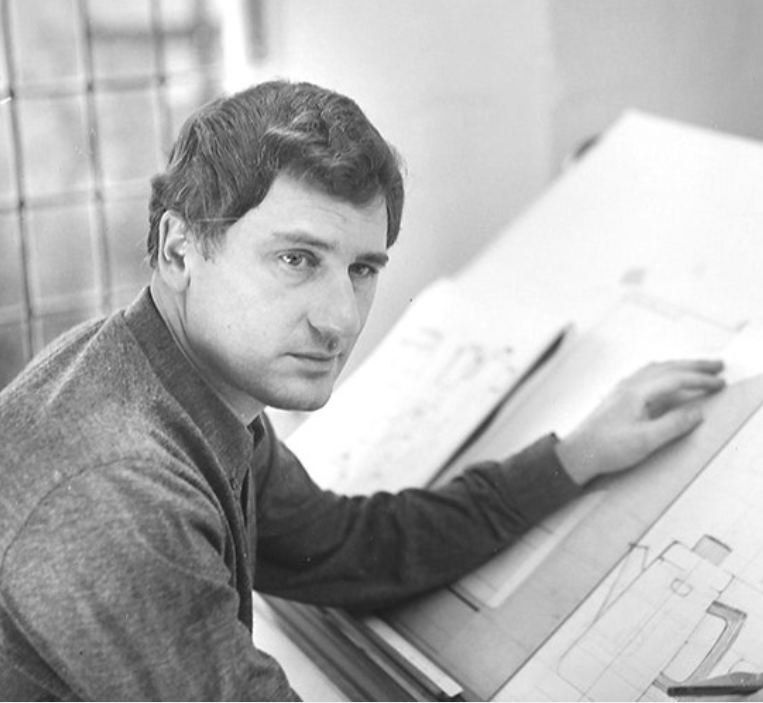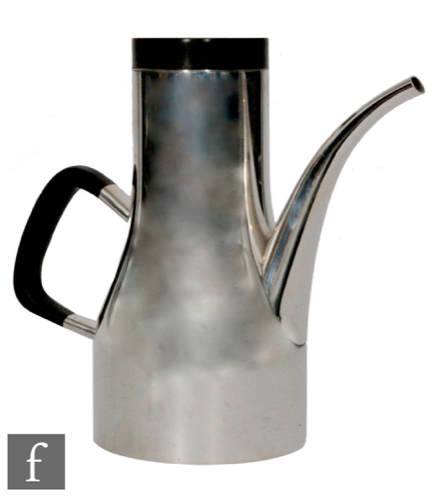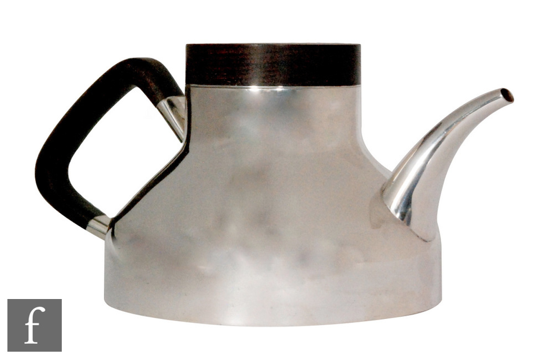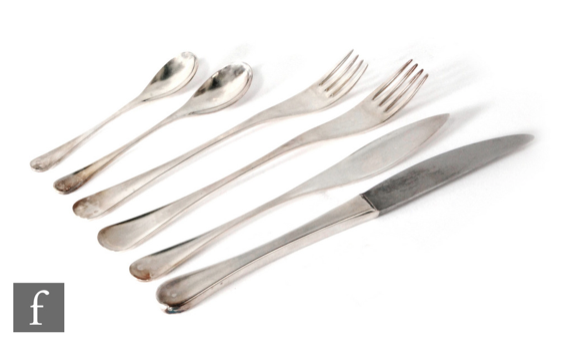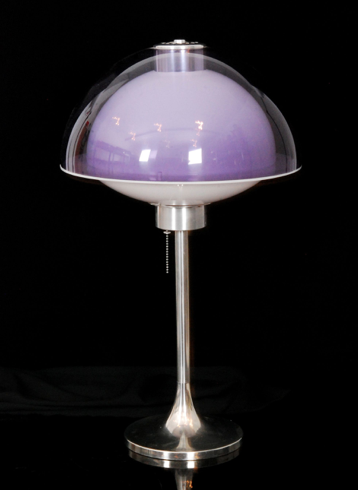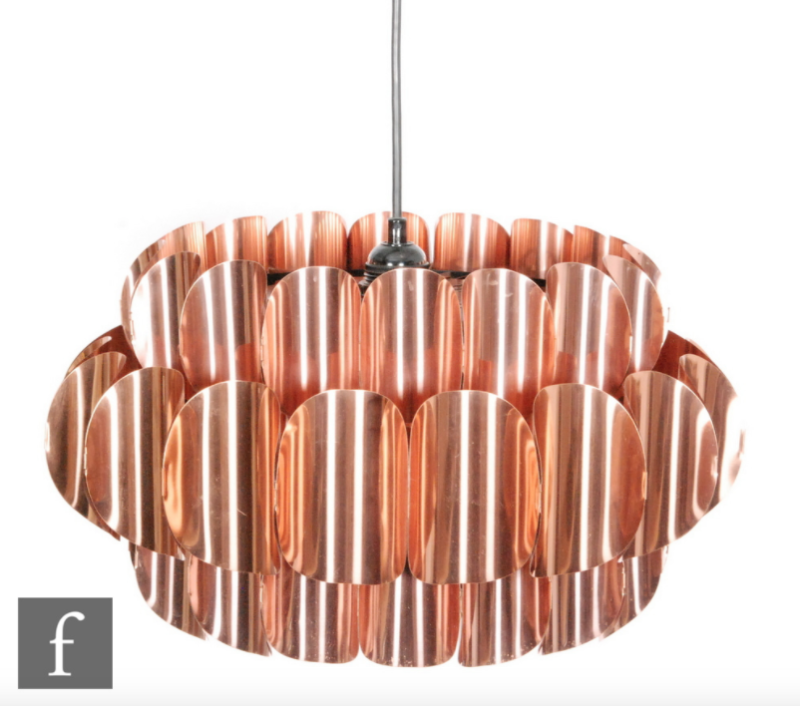Throw back Thursday - Robert Welch - Everyday Icon
Robert Welch - Everyday Icon
Robert Welch was one of designs quiet stars, a skilled craftsman with an eye for simple elegance. His work epitomised the new contemporary style of the Post War era and his legacy is a body of work which is as popular today as when first created.
From his exquisite hand crafted silver pieces to the stylish every days wares for Old Hall stainless steel, many of his designs have come to be regarded as cult objects of the late 1950s and early 1960s. Welch adapted his skills as a craft silversmith to become one of the leaders of British industrial design.
Robert (or Bob) Welch loved the country and all its classic trappings from classic English village architecture and pubs to cricket matches. Raised in a creative home his mother was a talented artist, skills obviously passed on to the young Welch. From an early age he took to drawing making it clear that his creative talents would be the basis of a future career. He trained in drawing, painting and silversmithing, first at Malvern School of Art and then at Birmingham College of Art, where he met and later married a fellow student, Patricia Hinksman.
Welch continued his education at the Royal College of Art arriving in 1952 the year after the Festival of Britain as London was basking in the glory of this internationally recognised event. The Festival of Britain had pushed modernity to the forefront of British design and Welch was hungry to be part of the new wave of contemporary design sweeping across the nation. Welch was enrolled in the silversmithing school under the direction of Professor Robert Godden. Godden was to oversee the creation of a new generation of jewellers and silversmiths, young, vibrant minds who would transform the face of British metalwork design
During his time at the Royal College of Art Welch made two extended visits to Scandinavia studying design in Stockholm and working with the silversmith Theodor Olsen in Bergen. Of all his contemporaries Welch was the most clearly influenced by Scandinavia seen through his love of functional precision and clean line. He was especially excited by his discovery of Scandinavian modern stainless steel and began to see it as his mission to design an equivalent modern British range of stainless steel.
In his final year at the Royal College of Art, Welch made contact with J&J Wiggen, a small family firm based in Bloxwich, north of Birmingham. At the time they were the only British manufacturer of stainless steel tableware, marketed under the name Old Hall. In 1955 he was appointed Wiggins' design consultant, an association which lasted until the firm closed down in 1984. Some of Welch’s designs went on to win three Design Council awards and his experience and expertise in metal-working can be seen in many of his designs. Classic ranges like Avon, Alveston and Campden (all named after places close to his heart) are not only beautifully designed but show an understanding of the manufacturing process. Welch's work for Old Hall transformed their fortunes and catapulted him to great renown within the design community.
In 1955 Welch made a further crucial career move, settling in Chipping Campden, a gem in the Cotswolds crown. Chipping Campden has a long held tradition in the field of craft with links to key figures in the development of design in the British Isles. William Morris with his disciple C.R Ashbee (leading lights of the Arts & Crafts movement) made the Old Silk Mill in Campden the headquarters of the Guild of Handicraft when they relocated from London to Gloucestershire in 1902. Furthermore Sir Gordon Russell, pioneering modernist furniture manufacturer and director of the Council of Industrial Design, lived up the hill at Kingcombe and it was Gordon Russell who actually suggested to Welch that he might find a workspace at the Silk Mill.
Safely ensconced in the heart of the British countryside with design heritage all around him Welch set up the studio that would be his home for the rest of his life. Welch's practice was highly concentrated on domestic design resulting in a wide variety of creations ranging from ceramics to glass, light fittings to kitchen knives as well as a highly successful range of cast iron wares.
At the same time Welch's workshop was producing one-off pieces of handmade silver, some made to commission, some for sale in the studio shop beside the Silk Mill. Sometimes Welch would make a surprise appearance, as William Morris used to do in his own shop in Bloomsbury, packing up the purchases and cementing the bond between the designer-maker and the user. Welch’s silver has been somewhat over shadowed by the immense success of his domestic wares however the simple elegance of these rare creations makes them highly sought after amongst collectors of contemporary silver.
For over 50 years, within a few modest rooms in the 18th century Silk Mill a small team of people have created over 3000 individual new products under Welch’s name leading to sales of over 46 million items around the world. Welch’s core belief in simple elegance and purity of form have led to a name synonymous with good design. His countless creations have become staples of the British home crossing the divide between every day functionality to design icons.
Fieldings finds.....
Over the years we have been fortunate to handle a large amount of work from Robert Welch including an endless array of his mass produced stainless steel wares through to the much rarer examples executed in solid silver. We take a look at a couple of our favourite finds from the back catalogue of this wonderful designer.
Of the many pieces we have seen last year we handled two pieces by Robert Welch which are amongst our favourite finds. Our valuer Rachel Holland was on a routine probate valuation last year and on visiting the house realised that the previous owners had great taste and style furnishing their home during the 1960s and 1970s. The property was dressed with post war design furniture, contemporary art works, ceramics and lighting, the styling was fantastic and totally on trend for todays design led buyer.
Not one to miss anything Rachel spent a great deal of time walking round the property alerting the family to pieces which they thought had little or no value. Much to their surprise Rachel pointed out a huge selection of items including the dining suite, pictures and even pendant light fittings which the family thought would just be sent off to land fill!
One of Rachels best finds however was when she spotted the elegant spout of a silver coffee pot, digging deeper she then unearthed the matched teapot! There were two mid-century classics by Robert Welch in solid silver with beautiful rosewood handles! The one problem.....no lids! Both were missing and during Rachels visit no amount of searching revealed their where abouts!
With the valuation done and the contents consigned for sale we resigned ourselves to the prospect of having to sell them without however they were still beautiful and would no doubt attract attention.
A few days later the son called the office to speak to Rachel and reveal that while continuing to clear the house he had found what he thought might be the lids, better still he had found a set of Robert Welch Alveston pattern silver plated cutlery in a rosewood box and the cherry on the cake, the original purchase reciept from 1973!
Over recent years the market for 20th Century design led items has exploded with younger buyers keen to acquire the sleek modern lines of mid-century design classics. The result is that now many mid-century pieces are fetching far more than traditional period pieces, from furniture to art the taste for modern design is now at an all time high as buyers look to furnish their homes with these modern classics.
Now reuntied with their lids and together with their original reciept these were a gem of a find and while we offered them with a modest pre-sale auction estimate of just £400 to £600 each on the day they flew. Keen bidding and strong interest saw each of the pots make £1450 each while the silver plated cutlery set acheived a final hammer price of £420! One other surprise however from this mid-century time capsule were the ceiling lights which ended up selling for £400! The family were delighted with the results and it just goes to show that good design never goes out of fashion!
Posted on 30 April 2020
Be in the know
Sign up for auction email alerts so you never miss another sale at Fieldings!
Register now
